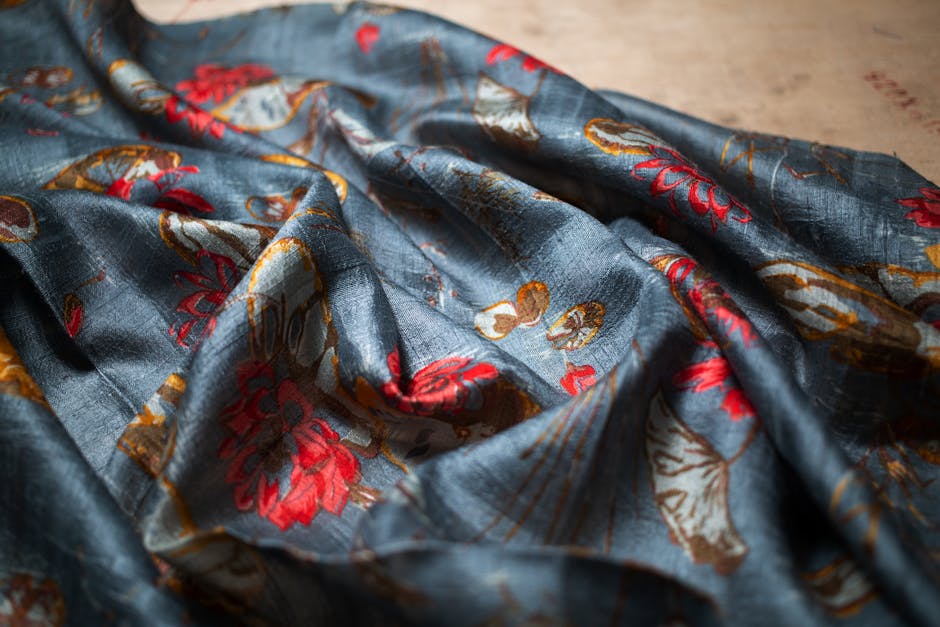In the ever-evolving landscape of fashion and technology, Direct to Film (DTF) printing emerges as a beacon of creative expression. This accessible, innovative technique is transforming the way designers and hobbyists alike bring their visions to life on fabric. Let’s dive into the colorful world of DTF fashion printing and explore how it’s making a splash in the industry.
Understanding DTF Fashion Printing
DTF fashion printing, or Direct to Film, stands as a groundbreaking method, intertwining technology with textile to create vivid, durable designs on garments. Unlike traditional screen printing, which can be labor-intensive and restrictive, DTF printing uses a digital process to apply designs to a special film. This film is then transferred to fabric using heat and pressure, resulting in high-quality, vivid prints. This technique has opened new doors for designers and apparel creators, offering a plethora of creative possibilities with fewer limitations.
The core appeal of DTF fashion printing lies in its versatility and ability to reproduce detailed, colorful designs that stand up to washing and wear. It caters to small-scale designers and large fashion houses alike, making it an invaluable tool in today’s fast-paced fashion industry. Whether it’s intricate patterns or vibrant images, DTF ensures every nuance is captured and faithfully reproduced on fabric, bringing every creative vision to life with precision and ease.
The Advantages of DTF over Traditional Printing Methods
The transition from traditional printing techniques to DTF technology marks a significant evolution in fashion production. Unlike its predecessors, DTF printing does not require screens or plates, eliminating the need for extensive setup time and the costs associated with it. This reduction in preliminary preparation not only streamlines the production process but also makes it more cost-effective. Additionally, DTF’s ability to print on demand means less waste, aligning with the growing trend towards sustainable fashion practices.
Another major advantage of DTF printing is its compatibility with a wide range of fabrics. Traditional methods like screen printing often have limitations on the types of fabric they can be used on, but DTF offers more flexibility. This opens up endless possibilities for fashion designers to experiment with different textures and materials, pushing the boundaries of traditional fashion design. From cotton and polyester to more challenging materials like leather and nylon, DTF can handle a diverse array of textiles, broadening the creative landscape.
Creative Freedoms and Possibilities
The artistic liberty that DTF fashion printing affords designers is unparalleled. It enables the customization of garments down to the finest detail, allowing for a level of personalization and creativity that was previously unthinkable. Whether for creating unique one-off pieces or for mass production of bespoke collections, DTF printing is redefining the limits of fashion design. Designers no longer have to choose between feasibility and creativity; with DTF, they can have both.
Moreover, the advent of DTF fashion printing has also paved the way for inclusivity in design. By allowing small batches of custom pieces to be produced affordably, it supports small businesses and independent designers. This democratization of fashion production means that more voices can be heard in the fashion conversation, contributing to a more diverse and vibrant industry.
The Process of DTF Printing: A Step-by-Step Guide
The DTF printing process is a marvel of modern technology, blending intricacy with simplicity. It begins with the digital creation or selection of a design, which is then printed onto a special, clear film. This stage utilizes high-quality DTF-specific inks that are essential for achieving the bright, durable results DTF is known for. After printing, a powder adhesive is applied to the design, which plays a crucial role in ensuring the transfer’s longevity and wearability.
Once the design is prepared, it’s time for the magic of transformation. The film, now bearing the design, is pressed onto the chosen fabric under heat. The heat activates the adhesive, bonding the ink to the fabric and creating a strong, vibrant print. After a cooling period, the film is peeled away, leaving behind a stunning, full-color image on the fabric. This process, though technical, is remarkably accessible, making it an ideal option for both novices and seasoned professionals in the fashion industry.
Success Stories: How DTF Printing is Changing the Fashion Industry
Across the globe, designers and brands are harnessing the power of DTF fashion printing to stand out in a crowded market. Success stories abound, from small Etsy shops experiencing meteoric rises to fame through their unique DTF-printed garments, to established brands revitalizing their collections with intricate, eye-catching designs. These stories highlight not just the versatility of DTF printing, but its ability to unlock new levels of creative potential and commercial success in the fashion industry.
One notable example is a startup that successfully launched a line of sustainable activewear, featuring bold, DTF-printed designs inspired by nature. Their ability to rapidly prototype and produce small batches without sacrificing quality or design integrity enabled them to carve out a niche in the competitive activewear market. This illustrates the transformative impact of DTF printing in cultivating brand identity and consumer engagement through innovative design strategies.
Getting Started with DTF Printing: Tips and Tricks for Beginners
Embarking on the journey of DTF fashion printing can be an exhilarating venture. For those new to the technology, it’s crucial to understand the fundamentals and best practices. Starting with high-quality DTF inks and films is essential, as these materials directly affect the outcome of your prints. Furthermore, investing time in mastering the digital design process will pay dividends, enabling you to create intricate and vibrant designs that stand out.
Networking with experienced DTF printers can also provide invaluable insights and guidance. Many communities and forums online are dedicated to the DTF process, where novices can learn from seasoned professionals. Additionally, experimenting with various types of fabric can help you understand the nuances of how different materials interact with DTF prints, giving you the knowledge to push the boundaries of your creative work.
The Environmental Impact of DTF Fashion Printing
In the context of increasing environmental awareness, DTF fashion printing presents a promising sustainability profile. The on-demand nature of DTF printing significantly reduces waste compared to traditional mass production methods. Moreover, the use of eco-friendly, water-based inks is another feather in its cap, contributing to a more sustainable fashion ecosystem. However, it’s important for the industry to continue refining these processes, striving for even greater sustainability and reduced environmental impact.
Another aspect where DTF printing shines is its energy efficiency. The technology requires less energy consumption compared to conventional printing techniques, marking it as a more sustainable choice in terms of resources used. These environmental benefits, coupled with its creative possibilities, place DTF printing at the forefront of eco-conscious fashion innovations.
Future Trends: Where is DTF Printing Taking the World of Fashion?
As the fashion industry looks towards the future, DTF printing is poised to play a major role in shaping its direction. With advancements in technology making DTF more accessible and versatile, it’s expected to become a staple in personalized and small-scale fashion production. The trend of consumers seeking personalized, meaningful apparel aligns perfectly with DTF’s capabilities, suggesting a bright future for this innovative printing technique in the realm of fashion.
Furthermore, the ongoing fusion of technology and fashion opens new avenues for using DTF printing in ways we can only begin to imagine. From integrating smart textiles and wearable technology with DTF prints to exploring new materials and effects, the possibilities are endless. As we move forward, DTF printing will undoubtedly continue to break new ground, redefine standards, and inspire a new wave of creativity in the fashion world.
The Future of Creative Expression in Fashion
DTF fashion printing is not just a trend; it’s a revolution in the making. With its accessibility, cost-effectiveness, and high-quality results, it empowers everyone from professional designers to DIY enthusiasts to express their creativity without limits. As technology advances, we can only expect this form of printing to become more prominent, offering endless possibilities for personalized fashion. The future of fashion is bright, and DTF printing is sure to play a pivotal role in shaping it.






